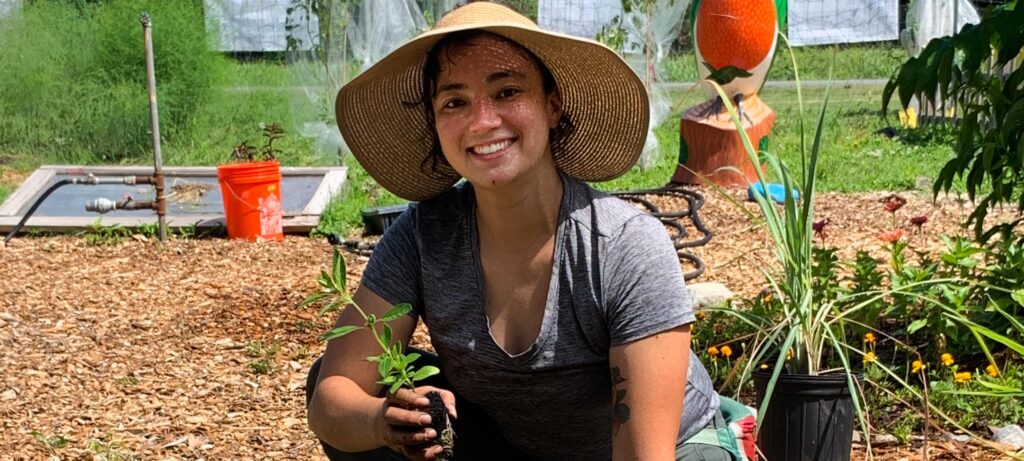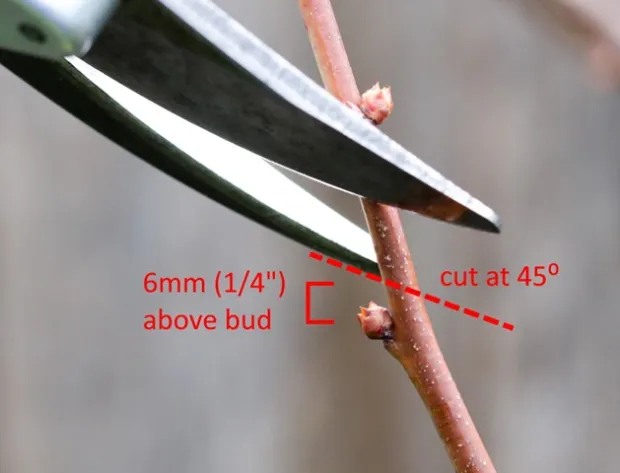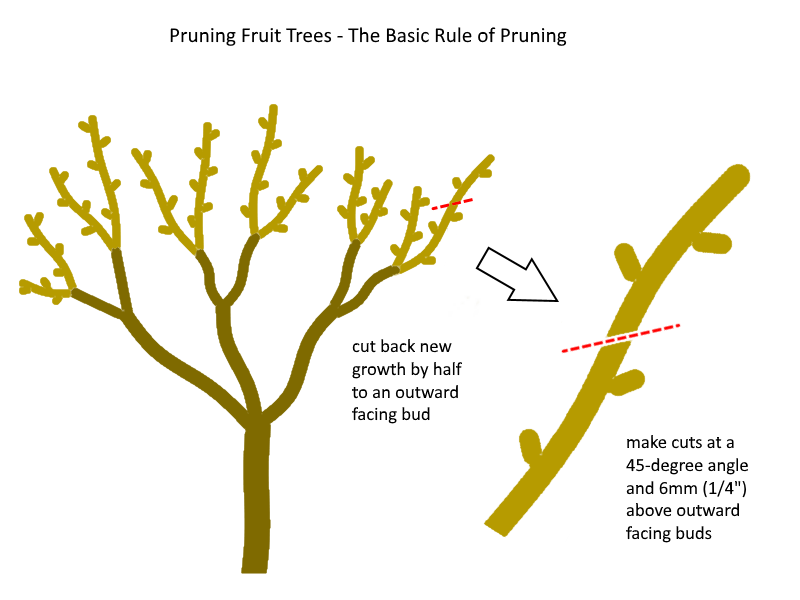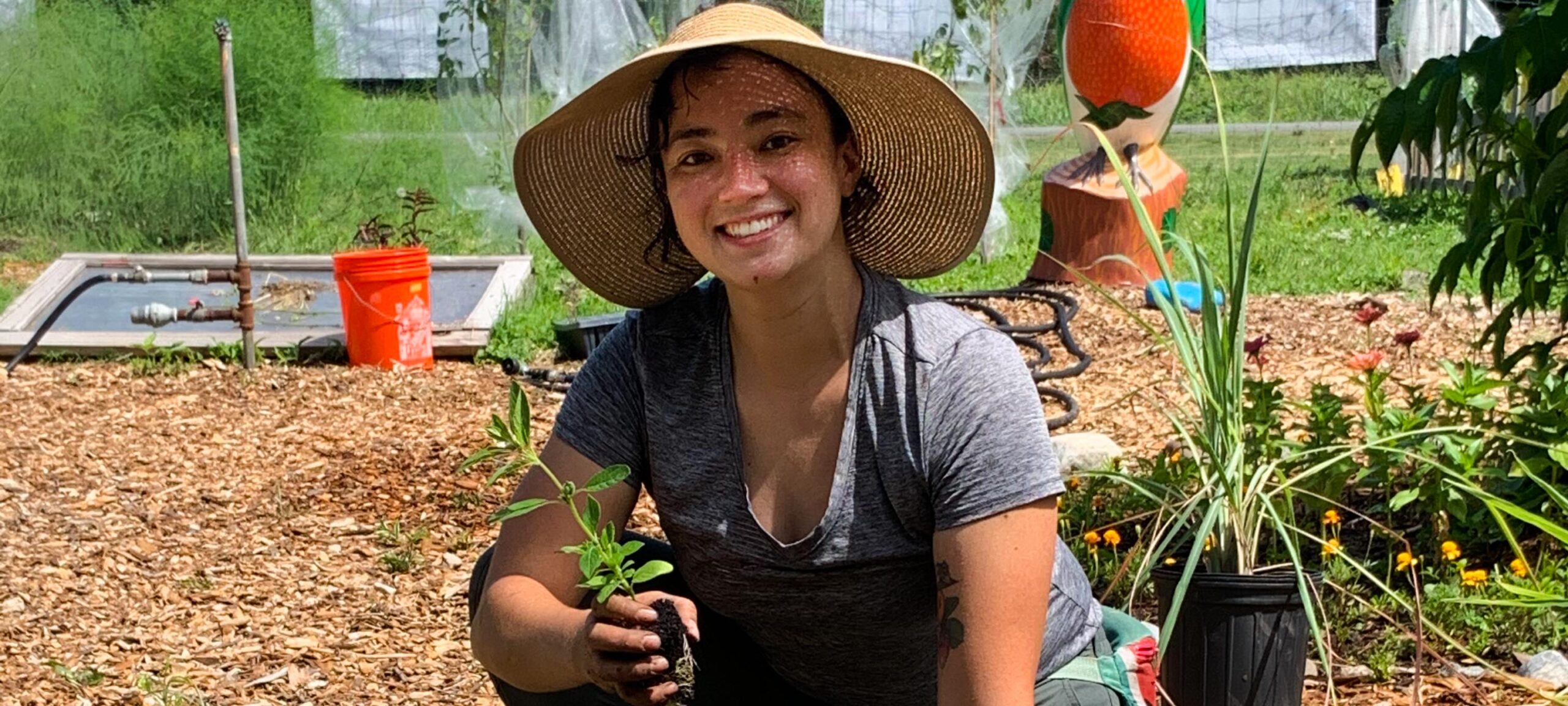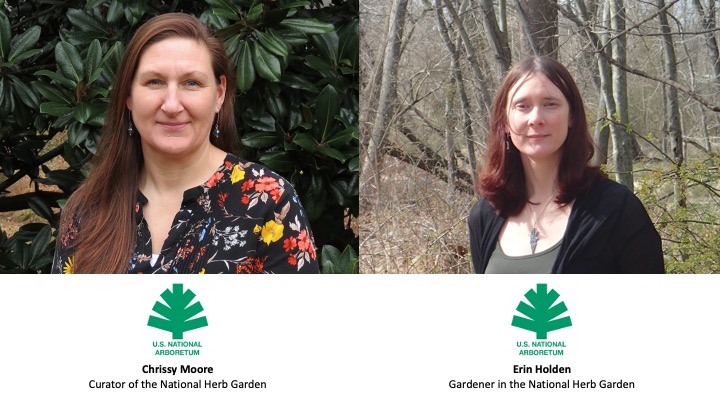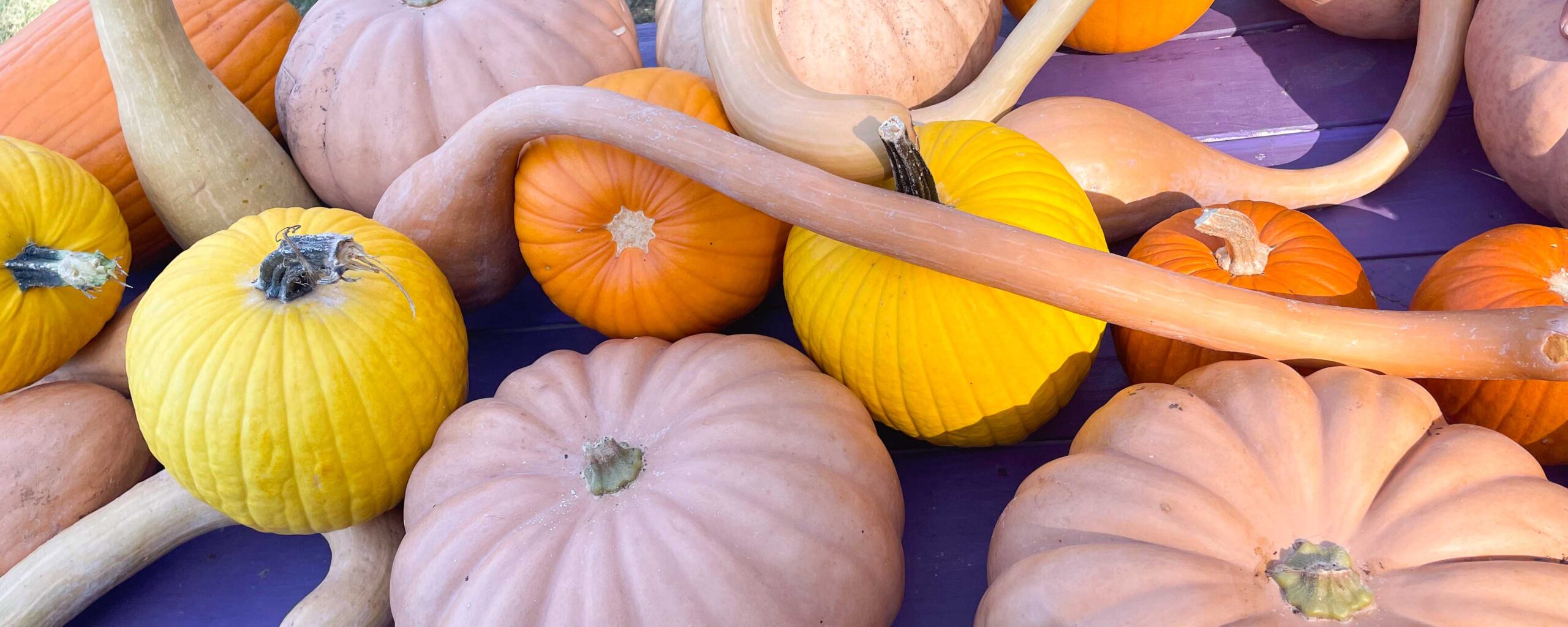Emilia’s Garden Tips: Pruning Fruit Trees
Step 1: Remove Unwanted Growth
Remove any dead, diseased and broken branches. Good plant hygiene best practice to prevent diseases spreading further and killing the tree, or infecting other trees.
Eliminate crossing branches by pruning out one of the branches. When branches rub against each other, the bark gets stripped away at the point of contact, creating a wound that can serve as an entry point for pests and diseases, as can broken branches. Trees are better able to seal off wounds and heal over when clean pruning cuts are made.
Remove suckers. Suckers arising from the rootstock of grafted fruit trees must be removed, or they will “suck” the energy from a tree. Being very vigorous, the suckers will overgrow the original tree, often causing the main graft to die off. The rootstock suckers are never the same variety as the graft, so they are not productive varieties, and are therefore inedible.

This diagram shows examples of unwanted growth. Cut back these branches/growths to the branch base where they are attached. Image from VectorMine.
Step 2: Prune to Promote Fruiting & Maintain Tree Size/Shape
Why prune at all? When fruit trees are not pruned, many display a pattern of biennial cropping, where they produce lots of very small fruit one year, and almost no fruit in the following year, to prevent them exhausting their energy reserves.
The simple rule for pruning fruit trees is to cut back all new growth back by half, to an outward-facing bud, making the cut at a 45-degree angle, and 6mm (1/4”) above the outward-facing bud. The reason for cutting above a bud at a 45-degree angle is so that the water runs off, away from the bud. If the bottom of the sloped cut directs water into the bud, it may cause it to rot. Cutting to an outward facing bud is to direct new growth outwards, away from the trunk of the tree. New branches grow from buds, and they grow in the direction the buds are pointing. If buds are pointing inwards, branches will grow into the tree, crossing into other branches and ruining the shape of the tree. The cut is made at a distance of 6mm (1/4”) above the bud (which is a little less than the thickness of a pencil, that’s 7mm thick) to give the branch room to heal above the bud. Cutting too close to the bud will cause the bud to dry out and die off.
Depending on the length of the new growth, it can be cut back by as little as one-third, or as much as two-thirds to the fruiting branches back to a manageable length.
Another way to overcome biennial cropping is by pruning back new growth back to half its original length. That way, future fruiting wood is reduced by half, which in effect reduces the fruit that will be produced by half, thereby thinning the fruit. The practice of fruit thinning is a method of cutting off individual fruit from the tree as they begin to form. Why would you want to do this?
If fruit is thinned out when it is just beginning to form, a tree can direct its available energy reserves into far fewer fruit, which allows the remaining fruit to grow much larger, and be of higher quality. Having plenty of energy reserve left over, a tree can then produce a similar crop in the following year too. Pruning also causes cut branches to shoot and produce more side branches, which renews and increases the fruiting wood for following years.
Exceptions to These Rules
- Figs
- Apricots
- Pomegranates
If you have any of the above trees, make sure to check out specific tips for these Trees with Special Pruning Requirements.
Resources: Deep Green Permaculture; Lowes; In Harmony


